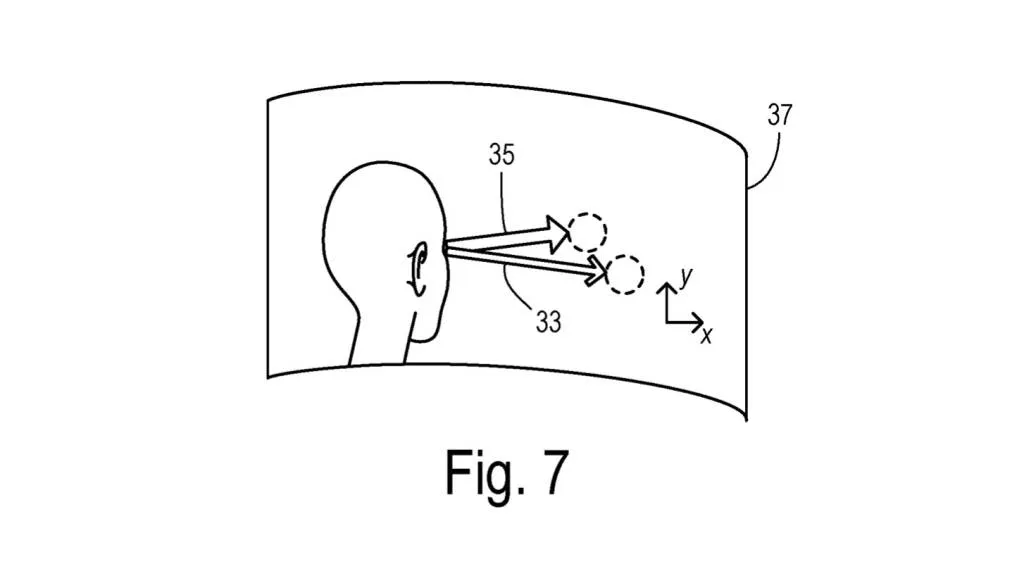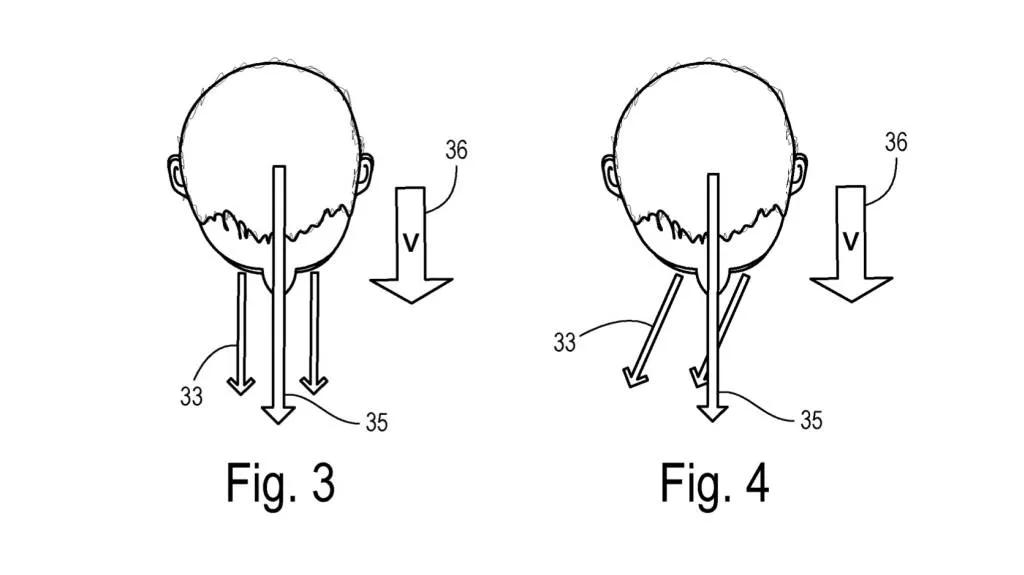- Ford may be developing more advanced headlights that point where the driver is looking
- Opel, when owned by GM, was working on similar technology in 2015
- U.S. headlight laws are just now changing to allow for modern systems
Ford may be developing headlights that would follow a driver's gaze.
In a patent application published by the United States Patent and Trademark Office (USPTO) on July 11, and originally filed by Ford in early 2023, the automaker details steerable headlights that would change their direction depending on where a driver is looking.

Ford adaptive lighting patent image
Adaptive headlights from automakers like Subaru can turn in response to steering, but Ford believes this capability could also be useful on straight sections of road, where the car isn't going around the corner but the driver may need extra illumination to the side of the vehicle's path. This could help illuminate potential obstacles, or be helpful when the vehicle is in the center or left lane of a multi-lane road, Ford notes.
Object-detection systems can also be used for this purpose, but they may not be able to identify certain things, such as small animals, Ford says in the application. And while both eye-tracking and head-movement-tracking systems exist, individually they may be too sensitive, picking up extraneous movements, the automaker adds.

Ford adaptive lighting patent image
Ford's solution is to combine eye tracking and head-movement tracking to ensure the driver is actually looking in a given direction, and not just continually scanning the roadway or moving their head while maintaining their gaze in a given direction. Sensors will look for specific cues, such as whether the driver's are looking through the windshield toward the roadway, and whether the driver's head is turned fully in the direction their eyes are looking, before moving the headlights.
This isn't a new idea. In 2015, when it was still owned by General Motors, Opel announced that it was working on similar tech. Adaptive headlights that turn with a driver's gaze would likely be easier to bring to market in Opel's home region of Europe than the U.S., where federal regulations were only recently updated to allow use of modern matrix headlights that have been available in Europe for years.